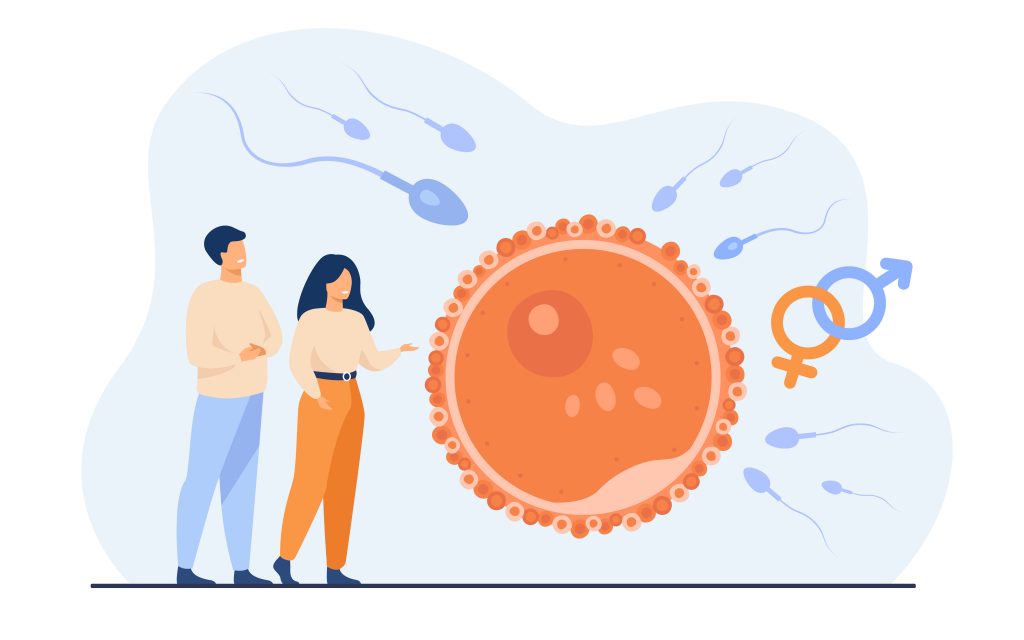

The following instruction video by Anna Michalaki (Greek baby wearing consultant) clearly shows how to get a nice deep M-position (at 2.57 – 3:20 sec) and how to ensure that the fabric is tightened around the back (at 2: 30 – 2:58 sec.). As your child grows, its legs spread and eventually you will be able to carry it on your hip A newborn’s legs are still close together. You may need to repeat this step a few times before the baby really starts to relax. The back will then be in a convex curve and positioned in the fabric nice and tight. This will allow the baby to relax even more. You can also resolve this by grabbing hold of the lower legs and ‘twisting’ them upwards towards your tummy. Fortunately this is easy to resolve by pulling up the fabric between the legs, until this completely supports the upper legs.

This means he would be stretching his legs and back and will therefore ‘hang’ rather than taking on a relaxed ‘seated’ position with his bottom in the fabric. Any baby not used to being carried in a sling or wrap may start overstretching when you carry him in a sling (for the first time). The bottom will hang lower than the upper legs. This means the bottom is seated in the sling and the upper legs are supported. We recommend carrying your baby ergonomically, in the so-called M-position, in order to ensure good development of the hips.

Especially curious toddlers enjoy being carried on the hip as it allows for excellent views all around! As your child grows, its legs spread and eventually you will be able to carry it on your hip (instead of against your chest). This ergonomic method of carrying is recommended by paediatricians as it supports babies’ hip development.Ī newborn’s legs are still close together. Its bottom is low and its upper legs are spread and high in the M-position or ‘frog position’. You carry your baby straight against your body, with its head on your chest.


 0 kommentar(er)
0 kommentar(er)
